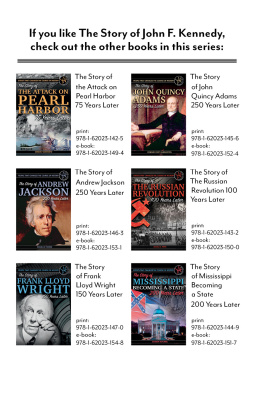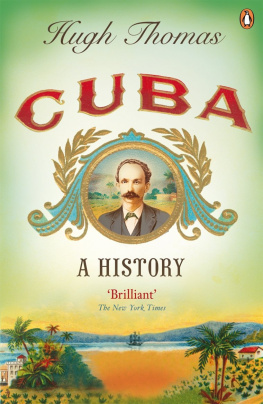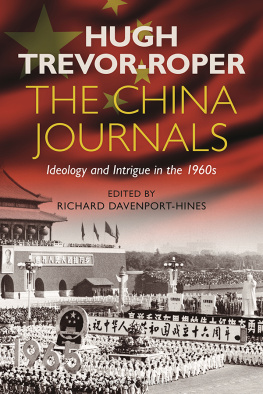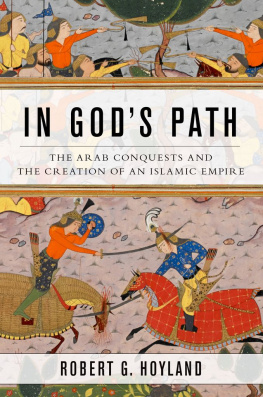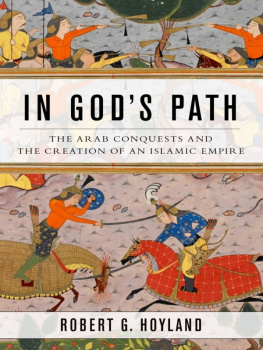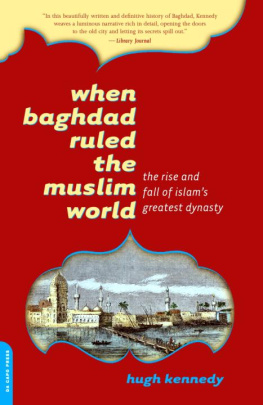Table of Contents
Praise for The Great Arab Conquests
[ The Great Arab Conquests ] states historical truths most nonexperts, general readers and politicians ignore. Philadelphia Inquirer
Kennedy tells a remarkable tale with skill and authority.
The Economist
Weighing the sources carefully, Kennedy has composed a vivid and plausible narrative of events that continue to shape the daily news. Milwaukee Shepherd Express
The Great Arab Conquests does a splendid job of showing how the core territories of early Christianity fell under Muslim power.
Books & Culture
Brings to resonant life the dazzling achievements of the military machine Muhammad created.... A major achievement of scholarship and readability. ForeWord
Will likely become a standard account of the conquests for many years to come. First Things
Kennedy here brings history to glowing life and, in the process, illuminates a part of our present in rich and meaningful ways. Unforgettable. January
An extremely valuable addition to the discipline.... Highly recommended. Choice
Kennedy vividly introduces the formative establishment of Islam. Booklist
A welcome addition to Islamic studies and history shelves.
Midwest Book Review
for CJG
LIST OF ILLUSTRATIONS
The old Empires
1. Emperor Justinian I and his retinue; mosaic c . AD 547.
2. A dish depicting King Yazdgard III (632-51) hunting; Sasanian school, seventh century.
3. Mushabbak Church, Syria.
4. A Zoroastrian fire-temple in Konur Siyah, Fars, Iran.
5. Taqi-kisr, Iraq; the arch of the great palace at Ctesiphon.
6. The ruin of the Marib dam, Yemen.
7. A seventh-century Sasanian helmet.
8. A seventh-century Sasanian sword.
9. The arms and armour of Byzantine troops, as depicted on the David Plates.
10. A swing-beam siege engine in operation, from an early eighth-century wall-painting; tile fragment and modern sketch.
Landscapes and cities of the Conquests
11.Wadi Ducn.
12.The Syrian desert.
13.The ancient Roman walls of Damascus.
14.Jerusalem seen from the Mount of Olives.
15.The Zagros Mountains.
16.The walls of Bishapur.
17.Sistan.
18.Central Iranian landscape.
19.The ramparts of old Samarqand.
20.Old Bukhara seen from the walls of the citadel.
21.The Tashtakaracha Pass in the mountains south of Samarqand.
22.The view from the ancient walls of Balkh to the Hindu Kush.
23.Cordova, Spain.
24.Toledo, Spain.
25.The Ribat of Sousse, Tunisia.
26.A modern reconstruction of a Byzantine dromon.
27.Tyre, Lebanon.
28.The site of early Muslim Basra, Iraq.
29.The centre of old Kfa, Iraq.
The Conquests remembered
30.The Prophet Muhammad preparing for his first battle against the Quraysh of Mecca at Badr in 634; early fourteenth-century Persian manuscript.
31.The assassination of Chosroes II in 628; fifteenth-century Persian manuscript.
32.The battle of Qdisiya; fifteenth-century Persian book painting.
33.The Legend of the True Cross, by Piero della Francesca ( c . 1415- 92).
LIST OF MAPS
1. The world on the eve of the Muslim conquests, x
2. Limit of Muslim rule in 750, xii
3. Syria and Palestine, xv
4. Iraq, xvi
5. Egypt, xvii
6. Iran, xviii
7. North Africa, xx
8. Transoxania, xxii
9. Spain, xxiii
ACKNOWLEDGEMENTS
I owe many debts of gratitude to people who have helped me and supported me in the writing of this book. The book owes its whole existence to Georgina Capel of Capel & Land who first suggested that I should tackle the vast topic of the early Muslim conquests, and my thanks go to her. I am extremely grateful to the Leverhulme Trust for the award of a research fellowship which enabled me to prepare this work. I am grateful, too, to my colleagues in the School of History in St Andrews who have, over the years, provided such a supportive intellectual environment and so much good friendship. I would also like to thank Penny Gardiner, my editor at Weidenfeld & Nicolson. This is the third book we have worked on together and I owe much to her skill and enthusiasm, and also to Tom Graves for his work on the illustrations. Above all I must acknowledge the contribution of those friends and family who have sustained me in the self-absorbing and sometimes obsessive work. I am very grateful to them all for their patience and understanding.
PREFACE
I n the 680s a monk called John Bar Penky was working on a summary of world history in his remote monastery by the swift-flowing River Tigris, in the mountains of what is now south-east Turkey. When he came to write about the history of his own times, he fell to musing about the Arab conquest of the Middle East, still within living memory. As he contemplated these dramatic events he was puzzled: How, he asked, could naked men, riding without armour or shield, have been able to win... and bring low the proud spirit of the Persians? He was further struck that only a short period passed before the entire world was handed over to the Arabs; they subdued all fortified cities, taking control from sea to sea, and from east to west - Egypt, and from Crete to Cappadocia, from Yemen to the Gates of Alan [in the Caucasus], Armenians, Syrians, Persians, Byzantines and Egyptians and all the areas in between: their hand was upon everyone as the prophet says.



